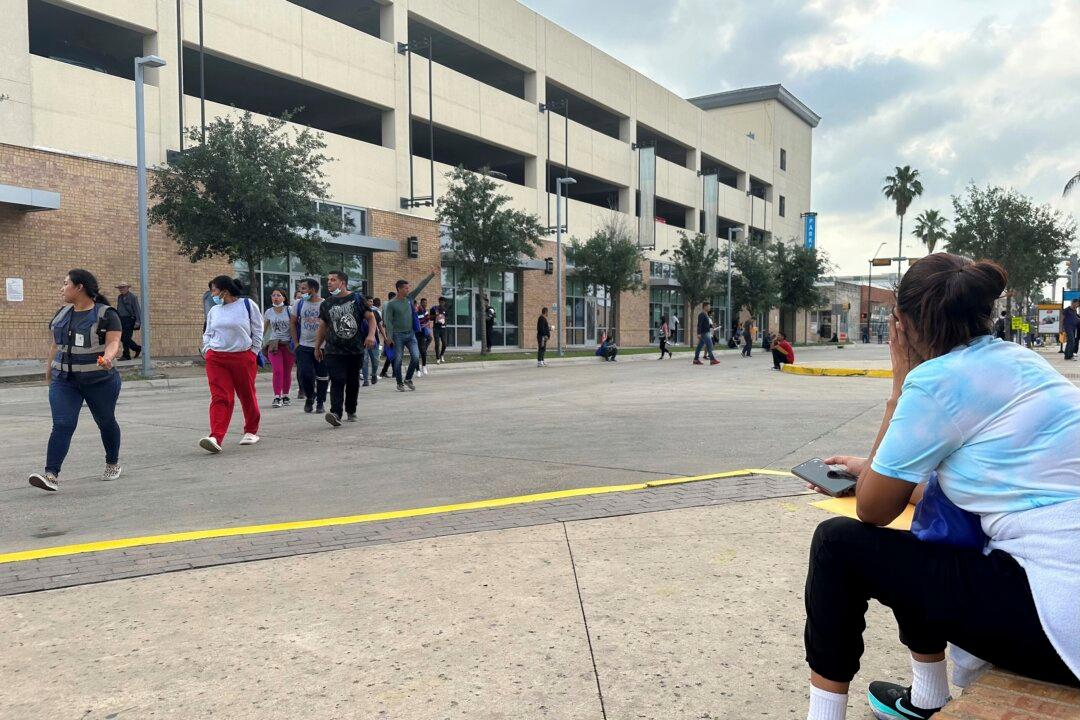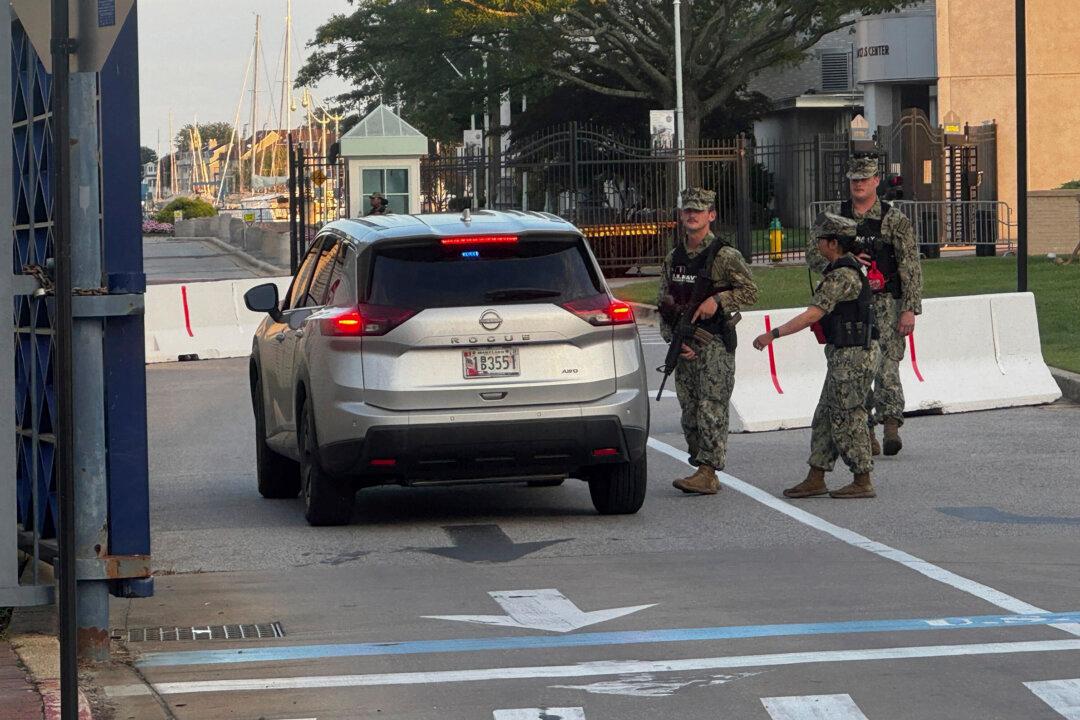BROWNSVILLE, Texas—Shelters in a Texas city struggled to find space Saturday for illegal immigrants who authorities say have abruptly begun crossing the U.S. border by the thousands from Mexico.
The pace of arrivals in Brownsville appeared to catch the city on the southernmost tip of Texas off guard, stretching social services and putting an overnight shelter in an uncommon position of turning people away. Officials say more than 15,000 migrants, mostly from Venezuela, have illegally crossed the river near Brownsville since last week.





